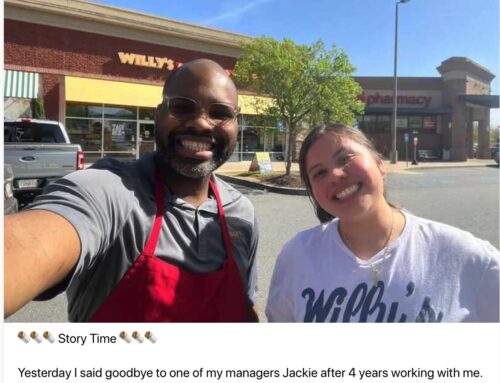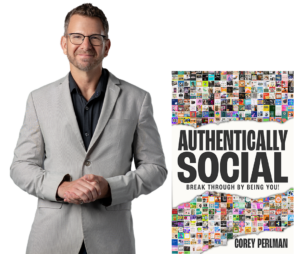 We all have heard the mantra: Community is critical. Building a community around your brand is one of the most effective ways to retain customers, build brand recognition, and maintain and foster enthusiasm for your products or services.
We all have heard the mantra: Community is critical. Building a community around your brand is one of the most effective ways to retain customers, build brand recognition, and maintain and foster enthusiasm for your products or services.
Building that community can be a huge challenge, however.
One of the biggest mistakes that novice community managers (or those tapped to fill that role, sometimes unwillingly) make is that of treating their customers like community members (or vice versa.)
A community is a group of people that pop up around a common theme, brand, service, or hobby. They may not necessarily be customers, but they are willing to invest time in your brand, and that is sometimes just as valuable. However, when a community manager attempts to build a community by engaging customers only, it almost always fails because those people may not have the personality type, technological savvy, or background to take the time to get involved in an online community.
So say you want to find the kind of people that will become brand ambassadors; a community site is where those types of people congregate. If all you do is blog, Tweet, and Facebook, though, where do they go to become a … well, community?
Facebook is a decent start; but at most you get people offering one-off comments, usually remarking on content you’ve posted. The Facebook culture (and user interface) isn’t really conducive to community discussions though, and that’s where community bonds form.
Other tools, such as Twitter and blogs, are not really community-building tools; they can be used for community outreach, but as far as community building goes, they fall flat in one way or another.
People who engage with a brand exclusively via one channel or another (say, Twitter,) are, in reality, members of that community, not necessarily yours. Yes, you’ll get random Twitter people commenting on your message, but that doesn’t mean they’re your community members. It takes something special for that switch to flip in their heads, for them to become engaged, for them to become invested.
So if you have all these disparate communities commenting on your content, how do you give them something cohesive to congregate around? WordPress lacks heavily in this aspect, as it was never meant to be a community tool, just a content management system. Still, many brands use WordPress exclusively as their community engagement measure (how many comments did we get?)
See, content management systems, Twitter, Facebook, and all those other tools are basically two-way broadcast platforms: I create a message (the content,) you read it and comment back (the engagement.) But, how does commenter “A” get to know commenter “B”? If all that’s happening is me talking to individuals through blog comments, those individuals have no way to get to know each other—and that’s the critical step in creating a community.
In my ten years of online community building, I’ve found that the best tool to get people to feel like part of a community is a discussion forum. For years, a software platform called vBulletin was the de facto standard for forums, but in the last few years it has become increasingly bloated, more expensive, and has a very high barrier to entry as far as installation and set-up go. Whereas a company can set up a WordPress blog with relative ease, getting a themed, fully configured vBulletin install going is a process that essentially requires a professional.
A startup named Vanilla is attempting to ease the transition into the online discussion space for the blogger generation, with open source and very customizable software called Vanilla Forums. They believe, as I do, that online discussion forums are the best place to develop and foster an online community, and they also recognize that the existing software out there is essentially terrible. With version 2 (their first really usable version) just released, it looks like they could become the WordPress of discussion software.
With discussion forums, now you have some incredibly important tools to start creating a community. Things like “Introduce yourself…” and “What are you listening to…” and “Talk about your favorite local sports team…” may seem simplistic on the outside, but they lay the foundation for a rock-solid community building platform, wherein members become more than just “fans” of something—they become friends.
Take a look at some major brands that have adopted discussion forums as a valid community strategy: Adobe uses forums as a giant customer support system as well as a general place for enthusiasts and fans of their products to congregate. Many car companies, such as Toyota, foster fan sites that, while not “official” forums, are allowed to exist and encouraged because those community members are brand fanatics (and again, many of them are not even customers!)
Community building is never going to be easy, but with the right tools, it can become much easier than trying to rally people behind your cause with the wrong tools.




